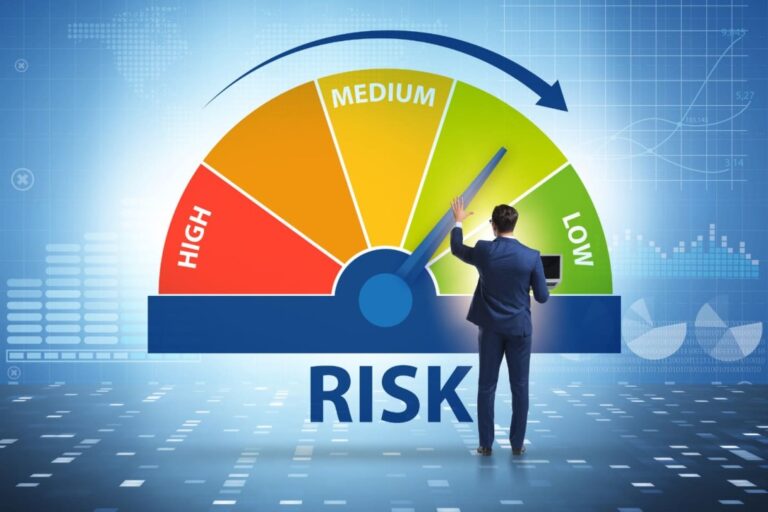Risk Management in Online Trading

Risk Management in Online Trading: Navigating the Waves. The chance to trade online and take part in the financial markets from home is very exciting. Nevertheless, there are considerable risks associated with the possibility of large rewards. Safeguarding your capital and achieving long-term success in online trading require effective risk management. We’ll go over important ideas and tactics for risk management.
Understanding Risk in Online Trading
Volatility and uncertainty
Price changes can occur suddenly in financial markets due to their inherent volatility. Market fluctuations can be intensified by uncertainty arising from economic events, geopolitical tensions, or company-specific news. Any financial market, including stocks, forex, and cryptocurrencies, should be prepared for significant market volatility and unpredictability. Given that you are up against investors, large banks, retail traders, and other investment firms globally, You have to learn the logic and how to think like a banker if you want to survive in this game.
Leveraged Trading
Leverage is the incorporation of many online trading platforms that enables traders to increase their potential returns. Leverage, however, also makes losses larger, raising the possibility of large losses in the event that trades go against you. Use leverage carefully to prevent significant losses on your account because it has the power to make or break you as a trader.
Psychological Factors
Feelings like greed and fear can impair judgment and cause people to make illogical decisions. Traders may take on undue risk due to overconfidence or a rush to recover losses. In order to prevent overexposure and overtrading on your account, only risk one to three percent per trade. This will assist you in controlling your emotions and preventing rash trading decisions. Remember to always adhere to your trading plan, no matter what.
Key Principles of Risk Management
Establish risk tolerance
Determine your level of risk tolerance before making any trades by taking into account your time horizon, financial situation, and investment objectives. Decide how much of your capital you are willing to lose on each transaction. In order to test the market and gain experience riding the wave of market emotions, we first advise you to risk at least 0.5% up to 2% per trade.
Set Stop-Loss Orders
Put stop-loss orders in place to have losing trades automatically exit at preset price points. This lessens the possibility of losses and keeps investors from making rash decisions when the market is volatile. Always have a stop loss in place before making a trade so that you can determine the best time to enter the market and set your stop loss. As opposed to placing your stop loss after a considerable amount of time, when there may be a range of emotions present, it will be an emotional decision that will result in significant losses for your account.
Risk-Reward Ratio
Evaluate the possible hazards and benefits of every transaction prior to joining the market. To guarantee a positive expectancy over time, aim for a favorable risk-reward ratio where potential profits exceed potential losses. Over time, having a strong risk-reward ratio will enable you to turn a profit. In the beginning, you have a risk-reward ratio of at least 1:2, which implies that if you risk $10, there’s a chance you could profit $20.
Effective risk management is essential for profitable internet trading. Through a thorough comprehension of the inherent risks, the establishment of unambiguous risk management principles, and the implementation of efficacious strategies, traders can confidently and resiliently navigate the turbulent waters of financial markets. Never forget that maintaining capital should always come first, even though online trading presents opportunities for profit. Accept risk management as a tenet that will direct you toward becoming an expert trader
